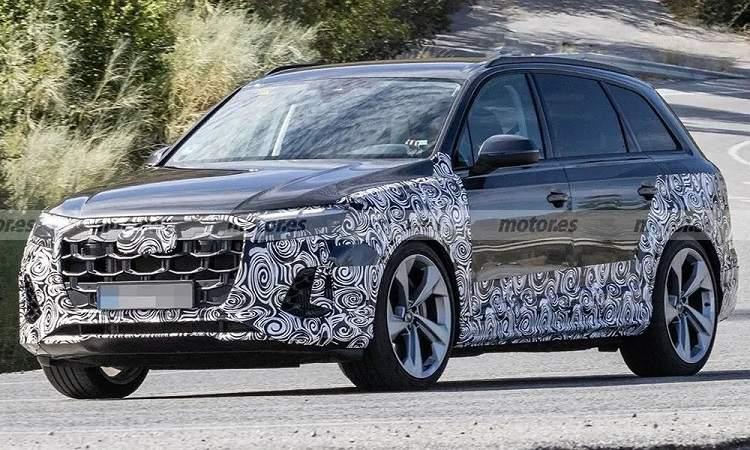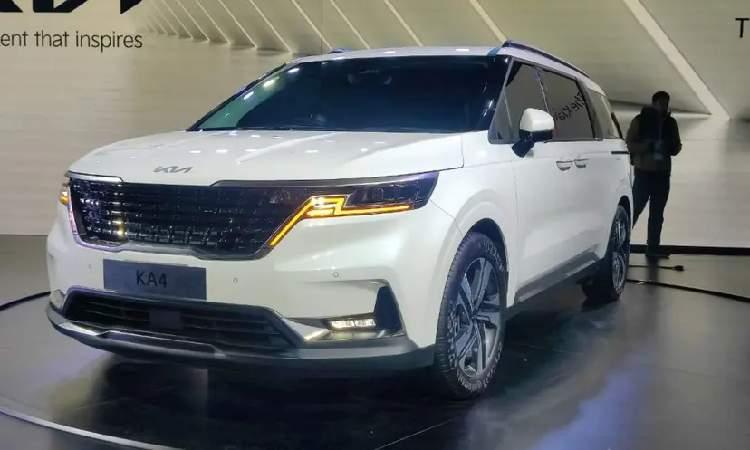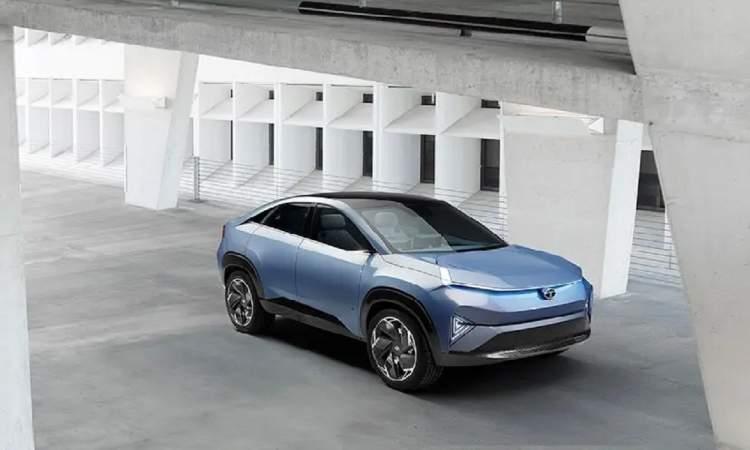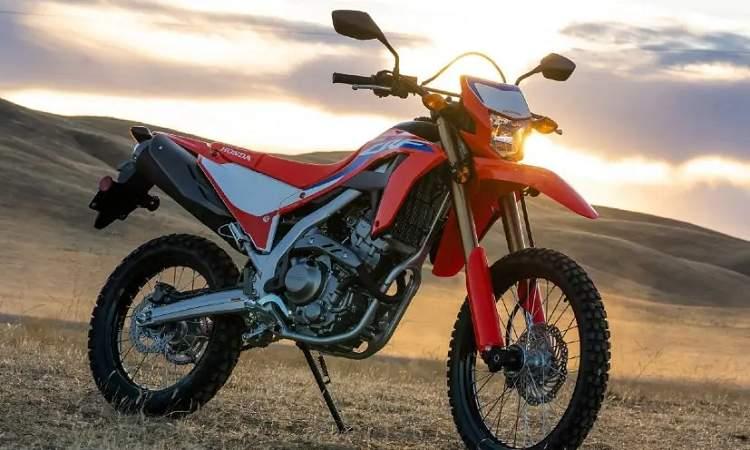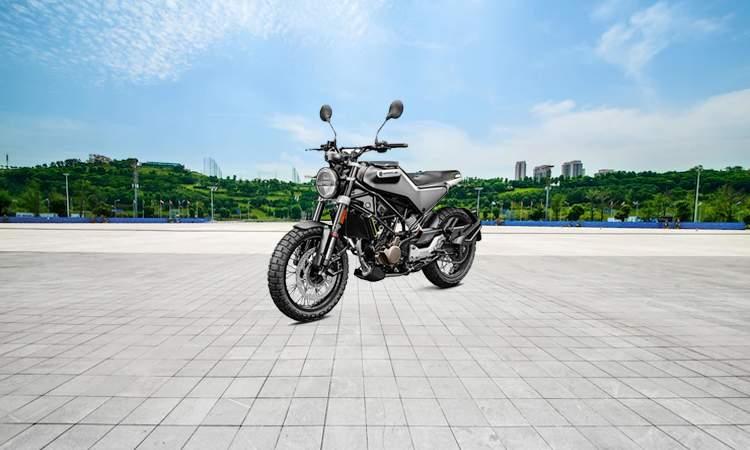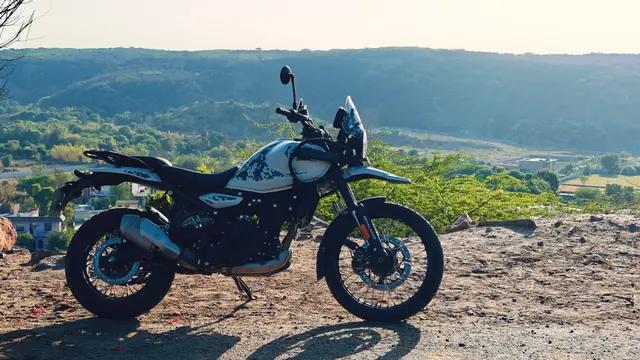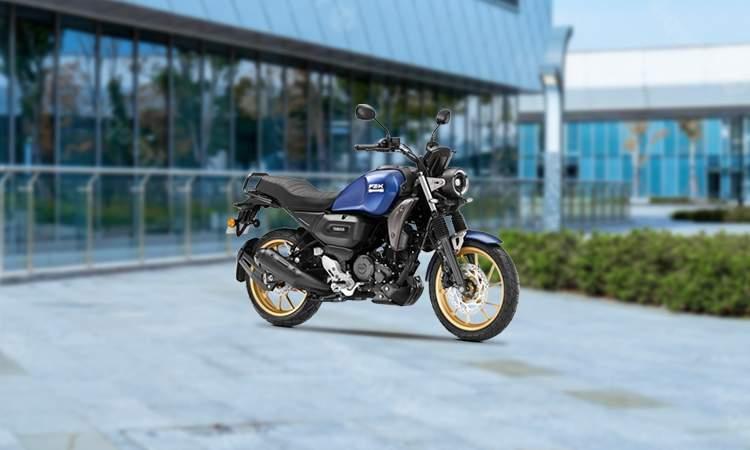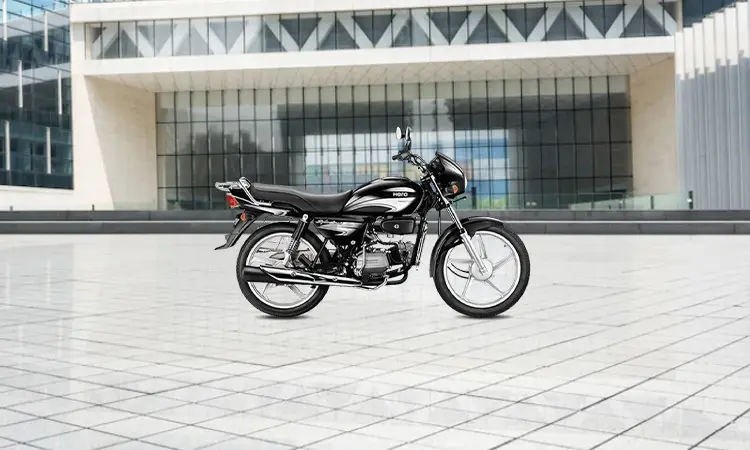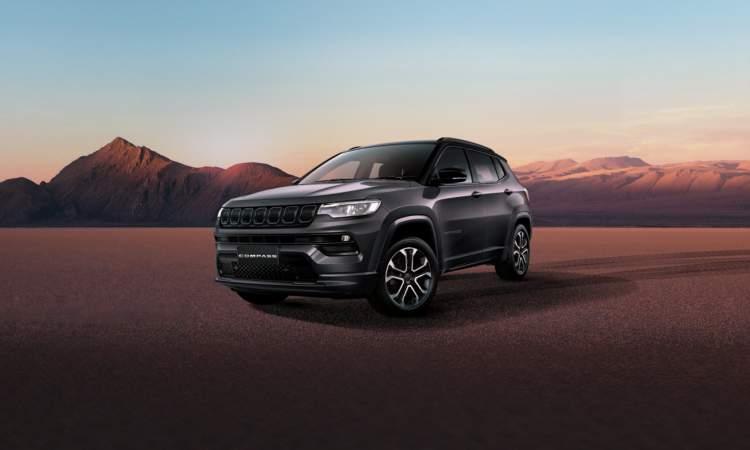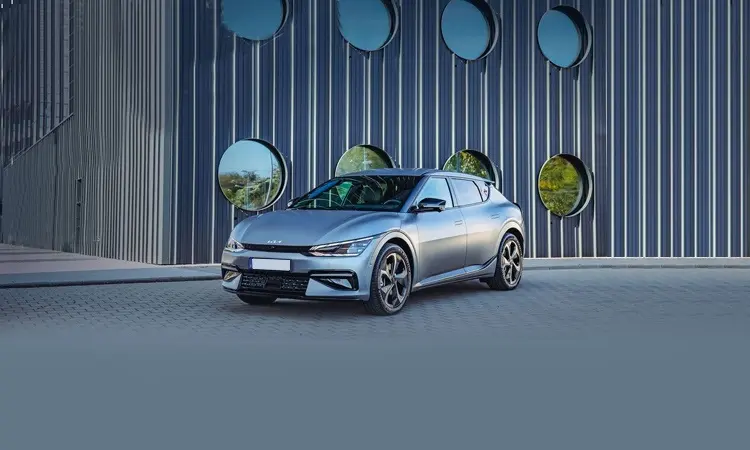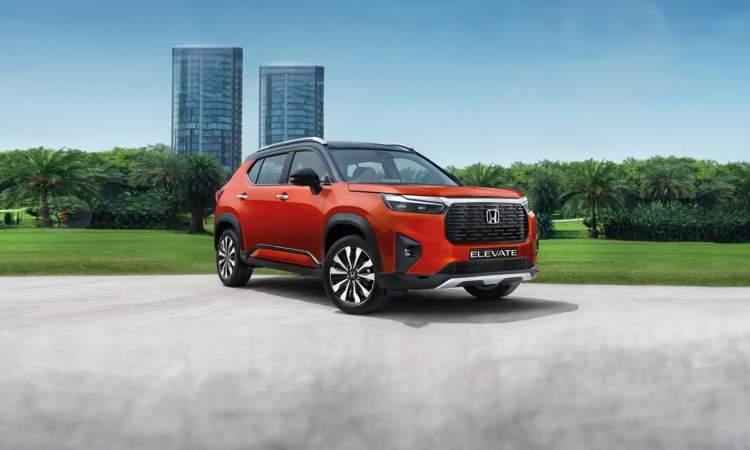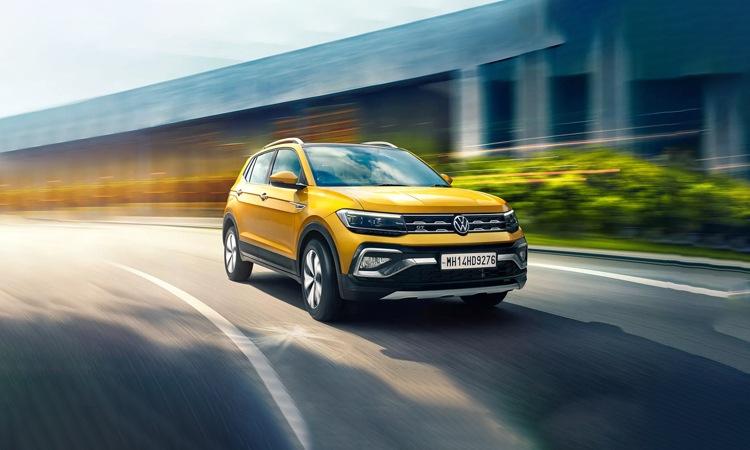2024 Jawa 350 Road Test Review: Less Power, Big Improvement!

Highlights
- Jawa 350 gets a bigger engine, 5 bhp less power
- Bigger dimensions, more overall refinement
- New Jawa 350 targets rivals in 350 cc modern classic segment
Photography: Arvind Salhan
It’s hard to believe that it’s already been half a decade since the resurgence of the Jawa motorcycle brand, in four-stroke avatar. The Jawa Classic, powered by a 293 cc single-cylinder engine, is the closest in resemblance to the original two-stroke Jawa motorcycles from the 1960s and ‘70s. With period-correct looks, gleaming chrome and a silhouette which was almost the same as the old two-stroke model, the Jawa Classic certainly grabbed eyeballs, and managed to get a significant fan following.
Also Read: 2024 Jawa 350 First Ride Review

The Jawa 350 gets a bigger engine, more refined and slightly bigger proportions. Is it enough to make it significantly better?
There were a few issues with the Jawa Classic which needed to be addressed. There’s the stiff ride quality, a hard seat, and lack of clearance, which meant you’d scrape the centre stand and the beautiful chrome exhausts long before you ran out of physics, and grip around a corner. Now, in its first significant update, the new Jawa 350 gets as many as over 30 new changes, including a bigger engine, with new internals, new throttle body, tweaked chassis, new seat, new suspension and a few other changes. Have those changes made it better?
Also Read: New Jawa 350 Launched In India
Design & Features

The Jawa 350 strikes an attractive pose with its period-correct design and gleaming chrome.
When it comes to timeless appeal, the Jawa 350 completely nails it! Overall, the motorcycle has become larger, with a longer wheelbase, taller front suspension, and more ground clearance. Saddle height has gone up as well, with a new seat, with a new design and thicker padding, but it’s still quite accessible at 790 mm. The tyres are thicker than before, even though wheel sizes remain the same. So, the front is now a 110/90-18, while the rear is a 130/80-17. Overall quality levels of the motorcycle certainly seem to be better than before in every aspect, be it the fit and finish, paint quality and chrome.
Also Read: Jawa 42 2.1 Dual Tone Review

Overall, the new Jawa 350 has transformed into a bigger, heavier and slightly bulkier motorcycle.
According to Jawa, the customer base wanted a slightly bigger bike than the Jawa Classic it replaces. So, the new one not just gets more visual mass, but is somewhat longer, taller and heavier, with a kerb weight of 194 kg, up from 185 kg on the outgoing model. The taller front suspension has given the front end a slightly tall-ish look, with the headlamp position now seemingly higher than before. So, the stance has changed somewhat, but other than that, the silhouette and design elements remain the same. The round instrument console gets minor changes in the layout, but the features remain the same, and it’s still not entirely visible from the rider’s perch.
Engine & Performance

The 334 cc, single-cylinder engine is eager to pick up speed. The short stroke unit is rev-happy, and feels peppier and eager than the long-stroke units of the competition.
On the move, the Jawa 350 does feel different. The low and mid-range response seems to have improved, even though peak power in numbers has taken a hit, going down 5 bhp to around 22 bhp. The 334 cc, single-cylinder, liquid-cooled engine now has a lower compression ratio, down from 11:1 to 9.5:1, to make it feel more relaxed. In numbers, the engine now makes 22.2 bhp at 7,500 rpm and 28.1 Nm of peak torque at 5,000 rpm. But those are only the numbers. What has been changed are the internals. The valvetrain has been changed, the connecting rods have been changed, a lot of changes inside the engine, which has resulted in a much more smoother, more refined engine. There’s also a bigger throttle body and bigger fuel pump.

Bigger 334 cc engine has a lot of improvements in the internals, but compression ratio has been dropped, and peak power has been sacrificed, making it a more relaxed but still eager performer.
All those changes have resulted in the engine feeling like it’s breathing easier, but also with better grunt in the low and mid-range. Overall refinement levels across the rev range seem to have improved on the Jawa 350, and the short-stroke engine offers a free-er revving performance than any of the long-stroke engines of the competition in the segment, like the Royal Enfield 350s, or the Honda CB350s. Despite the loss in peak power, the new Jawa 350 certainly seems to offer more refined performance, with better pull, particularly in city speeds. However, it’s still not a sporty motorcycle. So, if performance is what you’re looking for, you’d best look elsewhere.

The single-cylinder engine does have some buzz, but it's not alarming, or doesn't give you the thought that it will fall apart or rattle.
Being a single-cylinder motor though, the Jawa 350 does make you feel some vibes, particularly at speeds between 60 kmph and 80 kmph. The vibrations though aren’t alarming or will make you feel that the engine is going to fall apart, but even so, some amount of buzz can be felt on the handlebar and on the footpegs. In terms of top speed, I saw a speedo-indicated speed of 125 kmph, before I ran out of real estate on a closed road. For those looking for long distance duties, the Jawa 350 can comfortably cruise at 90-100 kmph all day long.

Low and mid-range performance has seen a definite improvement with a generous torque spread.
The torque spread is nice and meaty across the first three gears, so you feel a sense of urgency while working the gearbox in the city. And the slip and assist clutch certainly makes it easier, when you’re stuck in traffic, or when you’re accelerating out of a red light. The overall improved refinement, in the engine, gearbox, clutch and fuelling has made the Jawa 350 a fun bike to ride, in the confines of the city, and out on the highway. During our tests, which included quite a bit of spirited riding, the Jawa 350 returned fuel efficiency of around 27.5 kmpl. In everyday use and with a not-so eager throttle hand, expect the Jawa 350 to return around 28-29 kmpl.
Ride & Handling

Handling is the Jawa 350's forte. Even though it's not quite a corner carver, it offers decent confidence when pushed around a corner.
While the last-generation 293 cc Jawa Classic had a stiff ride quality, the new Jawa 350 seems to offer a definite improvement in that department. The new seat, which is not just fatter, but also has new padding offers a comfortable perch and the re-tuned suspension seems to have made the ride a tad more comfortable, but only just.

Better tuned suspension could have made the ride quality even more supple on the Jawa.
Perhaps better tuned suspension, with the front and the rear having similar damping characteristics could have made the ride quality better. In the current set-up, the front feels soft, while the rear feels stiffer, leading to not so desirable ride quality and dynamics. The longer wheelbase of the Jawa 350 makes the bike feel more stable and planted on the straights, and even though cornering clearance has improved, it’s not exactly a sharp handler around corners. However, compared to other modern classic rivals in the segment, the Jawa 350 definitely feels sportier and eager.
Verdict

The Jawa 350 is a definite improvement over the outgoing Jawa Classic. But will it be able to take the fight to the rivals in the segment?
The Jawa 350 may be a thoroughly updated model, but it’s a definite improvement over the earlier Jawa Classic. Better engine refinement, overall quality improvements as well as the sense of being a slightly more substantial and better-built motorcycle definitely supports the new Jawa’s case. Those are more than enough reasons for anyone looking to buy a single-cylinder modern classic at the Rs. 2-2.5 lakh (Ex-showroom) price bracket to at least swing a leg over the new Jawa 350. But is it good enough to take the fight to the segment-leading 350 cc modern classic motorcycles? Now, that’s a story for another time.

Jawa 350 Key Specifications:
| Engine Displacement | 334 cc |
| Engine Type | Single-Cylinder, 4-Stroke, Liquid-Cooled, DOHC |
| Max Power | 22.2 bhp @ 7,000 rpm |
| Peak Torque | 28.1 Nm @ 5,000 rpm |
| Compression Ratio | 9.5:1 |
| Bore x Stroke | 81 mm x 65 mm |
| Fuel Tank Capacity | 13.2 litres |
| Seat Height | 790 mm |
| Ground Clearance | 178 mm |
| Kerb Weight | 194 kg |
2024 Jawa 350 Review Photo Gallery:













Great Deals on Used Cars
View All Used Cars
- 19,396 km
- Diesel
- Manual

- 13,870 km
- Petrol
- Manual

- 9,746 km
- Petrol
- Manual

- 26,000 km
- Diesel
- Manual

- 21,000 km
- Petrol
- AMT

- 11,000 km
- Diesel
- Manual

- 27,200 km
- Petrol
- Manual

- 24,000 km
- Petrol
- Automatic

- 20,000 km
- Petrol
- Manual

- 49,781 km
- Petrol
- Manual
Upcoming Cars
Upcoming Bikes
Explore More
Latest Reviews
Related Articles

Trending Vehicles In India
- Home
- Reviews
- Bike Reviews
- 2024 Jawa 350 Road Test Review: Less Power, Big Improvement!




